Inside you'll find: How kids benefit from sensory activities and why every adult should take the time and effort to make sensory play a priority.
Pure terror.
Eye rolls.
Blank stares.
I've seen all these reactions when I mention sensory bins or sensory play activities.
I get it. They take time and effort. They can be messy. Some need special sensory equipment.
But if you only knew the WHY behind sensory activities you'd be chomping at the bit to incorporate sensory play into every day!
Every Kid (and Adult) has Sensory Needs
This is really the kicker.
It doesn't matter if a child is diagnosed with sensory processing disorder or not.
ALL children (and adults) need healthy sensory input.
You'd never deny children their need to breathe air or be fed nutritious food. The need for tactile, vestibular, oral, auditory and proprioceptive input should be treated as a priority too!
Just in case you thought there were only five senses...
There are three often over looked senses that are VITAL to every human's well being.
The vestibular sense relates to all things MOVEMENT. The inner ear is the powerhouse for this sense. Balance, vision and the ability to be calm or alert are all closely tied in with vestibular input.
The introceptive sense relates to recognition of INTERNAL BODY FUNCTIONS. Being aware of hunger or fullness, needing to use the bathroom, and so much more is handled by the introceptive system.
The proprioceptive sense is related to BODY AWARENESS. It relates to pressure and work on the joints and ligaments that connect the body. Some key ways of getting proprioceptive input is through "heavy work" (like climbing, pushing, pulling) and weight. This sense is hands down the key to helping the other senses functioning properly.
What Do Sensory Needs Look Like?
Most adults seek out sensory input in socially acceptable ways.
Are you a pen clicker or a hair twirler? That's tactile input! When you cross your legs, do you bounce your foot up and down? That's vestibular input. Do you tap your fingers when you're impatient or nervous? That's proprioceptive input. Chew on your pen cap or bite your fingernails? Oral sensory needs! Hate the sound of nails on a chalkboard? That's an auditory need.
But kids don't always get their sensory needs met in "convenient" ways.
Kids may scream when a public toilet flushes. That's auditory input.
Kids may suck on their shirt collars. That's oral input.
Kids may hang upside down off the couch while watching TV. That's vestibular input.
Kids may freak out if their socks aren't just right. That's tactile input.
Kids may crash into things or head bang. That's proprioceptive input.
One of the most baffling things about sensory needs is the ever changing seemingly random behavior they cause. Getting below the surface and discovering the WHY behind their actions can take time, creativity and experience.
The thing to always keep reminding yourself as the adult is, these needs are real needs for this particular child. True, the need can be met in different ways, and that's where the benefit of sensory activities can really shine.
How the Brain Interacts with the Senses
The brain has an intense amount of information coming into every single millisecond. The brain clearly can't focus on all of the input at once, it has to sort through it and find what is most important for the health of the body and happiness of the child.
When you burn your hand, all other sensations take a back seat to the pain of the burn. This is obviously vital to our safety and ability to function!
When the sensory systems are out of whack, the brain has trouble regulating, or choosing the most paramount input to respond to.
This exhibits itself in two primary ways.
Seekers are the kids that have important sensory input that "gets lost" along the way. Their brains don't register certain input or give the input the attention it deserves. So to compensate, the child seeks out the sense that they desperately need.
Avoiders are the kids that are hyper aware of certain sensory input and can't push the input to the "back burner" of the brain. This often triggers the fight or flight response and can escalate to a full on meltdown.
The most common mistake I see sensory parents make is assuming that each child is either a seeker or avoider, PERIOD. But kids can be any combination of seekers or avoiders in every sense. Example, my oldest son is a vestibular avoider and a proprioceptive seeker.
And just to make things extra confusing, all the senses overlap and a child's ability to regulate and handle sensory input depends on what kind of input they get throughout the day. One day they love running barefoot through the grass, the next day they may not be able to tolerate it.
So how can you help kids handle all the sensory input that is thrown at them???
Two words.
Sensory. Activities.
Picking the Perfect Sensory Activity
A fantastic way to make sure you're actually doing these fun sensory activities, is to snag these printable sensory activities cards. They can be used in a visual schedule, as a card game, and so much more!
But how do you know what sensory activities to do?
Two things to keep in mind:
- Proprioception is the ruler over all the other senses. Proprioceptive activities help the brain organize and regulate, making it so much easier to handle all the other sensory input coming its way.
- Seekers AND avoiders will both benefit from sensory play in that particular sense.
It seems counter-intuitive, but let me give you an example.
If you have a tactile seeker, that means the child tends to UNDER register tactile input. Their brain thinks they're lacking tactile input so the child craves more and more. That might look like the kids that always end up covered in mud or touching every germy thing when they're out in public.
It makes sense that the way to help these kids is to give them even more tactile input, but in a social acceptable way (like sensory bins or fidgets).
But what about tactile avoiders? They will benefit from more tactile input as well!
But your approach is going to look a lot different! Remember, these kids OVER register tactile input. Their brain overreacts to tactile input and often responds with a genuine fight or flight response. For them, sensory input should be gradual and FUN! You're trying to present something they are fearful of in a new and enticing way. While the seeker may dive right in to a sensory bin, avoiders may barely stick a single finger in.
Be patient, go slow. Try again on multiple days. Often times, the twelfth time's the charm with avoiders. Don't push, keep it fun!
Want to get serious about helping your child have a happy sensory system? Want to recognize the sensory need BEHIND the behavior???
That takes a little more practice.
I created Sensory Parenting 101 to equip parents with the understanding and tools they need to demystify sensory behavior and bring about the peace and calm you and your child crave. Check out all the details of the Sensory Parenting 101 workshop sensory parents are raving about!
Have more questions??? Check out this wildly popular series of Sensory FAQs and become a more confident sensory parent today!




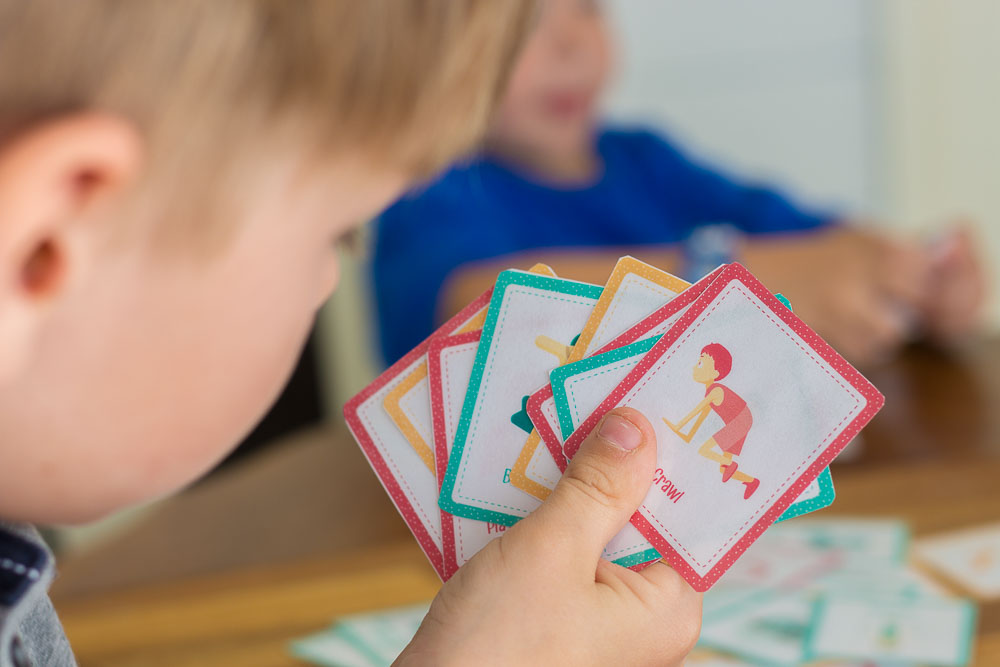

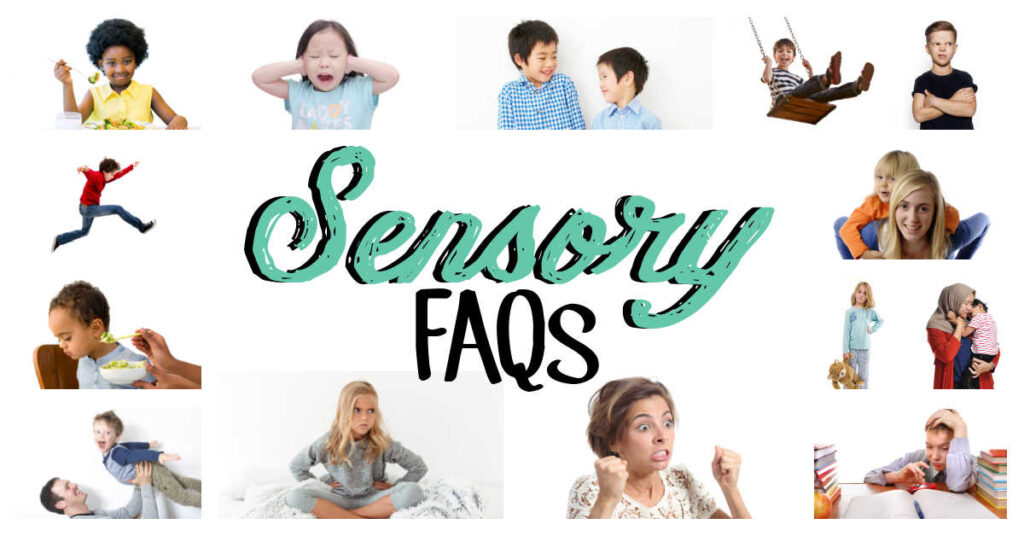

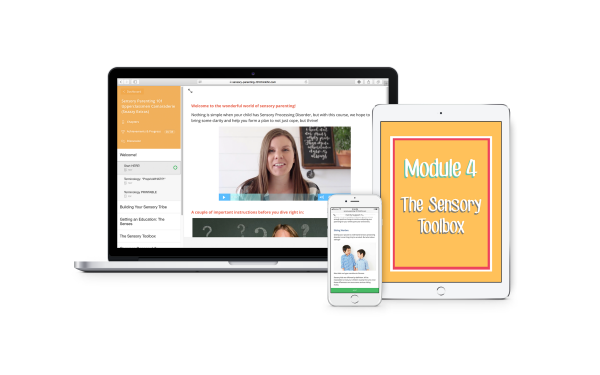
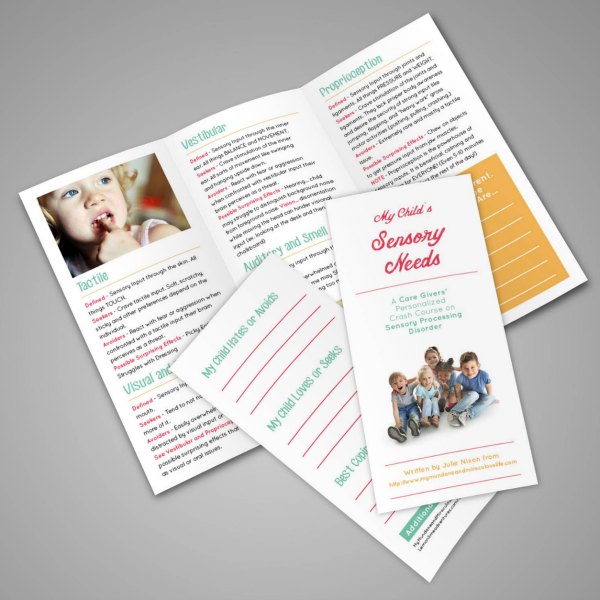

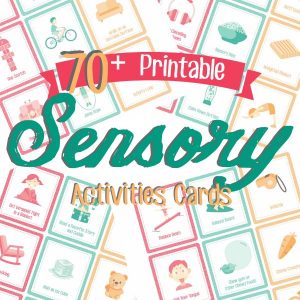

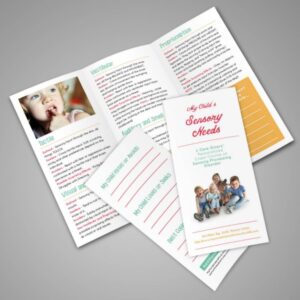
Brittany McCardle says
This is wonderful information! Do you have any books about this you recommend?